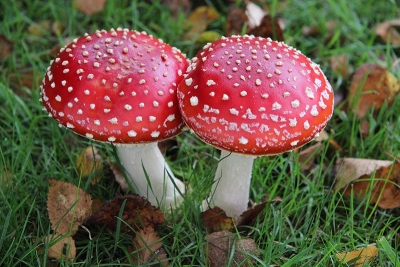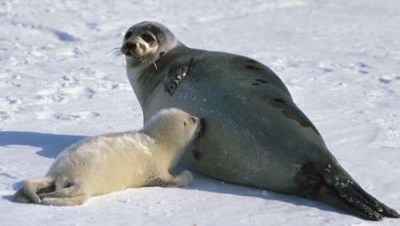Which is the tallest canid?

The tallest wild member in the dog family is the maned wolf. The animal has a height of 90 centimetres up to its shoulder. The head to body length of a maned wolf is about 100 centimetres. The tail will add another 45cm to the body length. The species has large and long ears, of about 17.8 centimetres.
In fact, the animal is not a wolf, even though it is called a wolf. It is not a fox either. The maned wolf is a different species altogether. It is commonly found in the open grasslands of South America. Scientists believe that its height is an adaptation to the tall grass in the region.
The maned wolf has certain similarities to the red fox. It is famous for the distinctive odour of its territory markings, which has earned it a nickname, skunk wolf.
Picture Credit : Google













